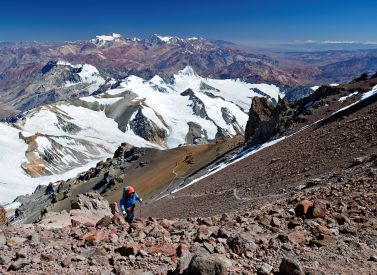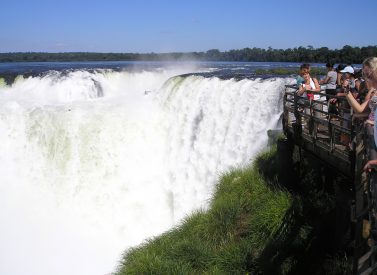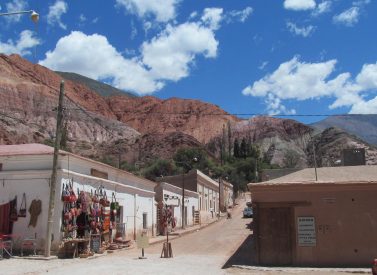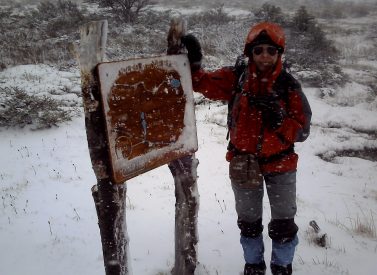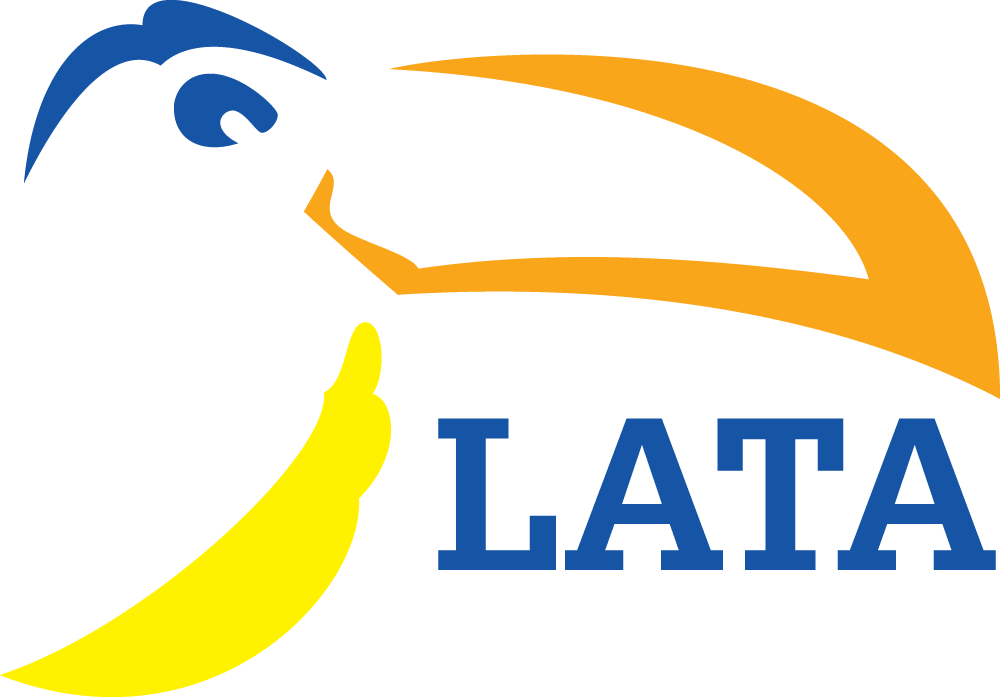Travel & Money in Argentina: The Blue Dollar
 by Tom Shearman on 21st March, 2023
by Tom Shearman on 21st March, 2023
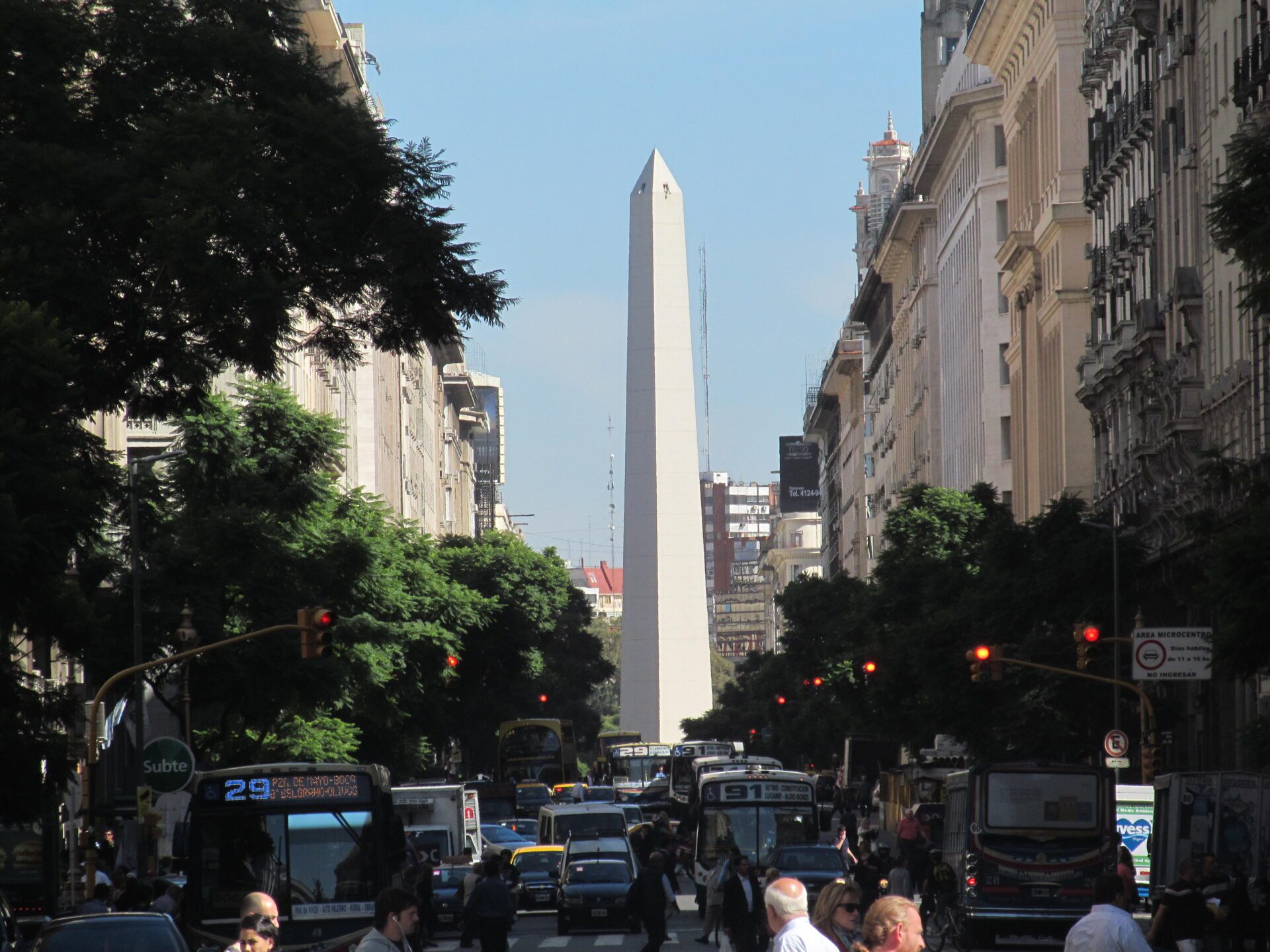
Travel Money in Argentina: Currency Exchange, Best Rates, and Blue Dollar
(Updated Sep 2025). The Argentine Peso has been experiencing a volatile time on currency exchanges for several years.
The country’s rampant inflation and unstable currency do indeed make it a little more complicated to pay for things in Argentina, but the latest devaluation of the peso has narrowed the gap between the official and unofficial rates, and the introduction of the tourist dollar helps to get foreigners a rate very close to the blue dollar.
What it has also meant, sadly, is that meals out and supermarket shops have increased in cost, and in Sep 2025, we found that eating out was similar to what we would pay in Europe or North America.
Dólar Blue and Tourist dollar in Argentina: narrowing the gap
In Argentina, cash and the US dollar are important. For several years, tourists have gained hugely favourable exchange rates for their dollars compared to the official rate. However, the gap between the official and black market rates has started to narrow, closing from what was around a 250% difference to 5 -10%.
As the peso settles, card payments and associated exchange rates are becoming more reasonable for visitors.
Once you understand how to navigate Argentina’s money exchange system, you’ll work out the best way to make your money work harder for you while visiting. That will make the Malbec taste a little more delicious.
Discover everything you need to know about the Argentine Peso, its relationship with the US and blue dollar, and how and where to change money.
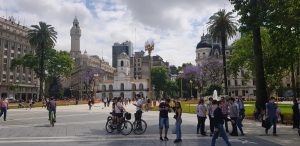
Top Tips for Changing Money in Argentina
- The first rule of the Argentine Peso is never to buy any Pesos before travelling to Argentina.
- Ask in advance for preferred payment methods in shops, bars, etc.
- Pay in cash, be that small denomination USD bills or Argentine Pesos you’ve changed at the dollar blue rate.
- Use a VISA OR MASTERCARD to pay for goods and services if you don’t mind a slight loss on the MEP exchange rate (see below) and your bank doesn’t slap on excessive overseas use charges.
- AVOID ATMs because of the high withdrawal charges and poor exchange rates.
- Inflation remains high, at around 35% for 2025, down from 120% in 2024, causing Peso prices to rise quickly and often.
Pesos, USD Dollars, or Dollar Blue: Which to Take to Argentina?
The Peso has started to strengthen after years of enormous drops and devaluations. The official Peso to US dollar exchange rate was fixed at an unrealistically poor level, which led to a surge in demand on the black market for more stable US dollars.
The alternative blue dollar, or dólar blu, is popular. Argentinians want US dollars and are willing to pay a high (Peso) price to get them compared to using banks. However, the recent devaluation of the peso has led to the official and the blue dollar becoming more aligned, which is good news for travellers.
For example, these are the Peso exchange rates at the time of writing: Sep 2025):
- Official exchange rate: 1 USD = 1,400 Argentine Pesos
- Bank rate: 1 USD = 1,425 Argentine Pesos
- Blue dollar rate: 1 USD = 1,390 Argentine Pesos
- MEP rate: 1 USD = 1,400-1,850 Argentine Pesos
That bank rate is important: card payments are calculated at this rate. It is also known as the Foreign Tourist Dollar, and payments with foreign cards go through Argentina’s Electronic Payment Market, called the MEP.
Important: The largest commonly found Peso note is 1,000, but they go up to 20,000. Changing USD to Pesos will mean carrying a decent-sized wedge of Pesos around.
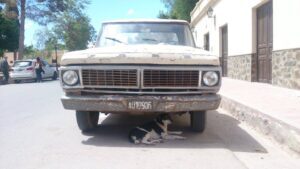
Cash or card?
You don’t have to take US dollars to Argentina; there are other options, but none offer the cheapest rates available with the blue dollar. Additionally, it’s a good idea to bring some USD for exchange, as some establishments don’t accept card payments, and you don’t want to get stung by ATMs.
In addition to bringing some USD, we now recommend using a Visa or Mastercard, as both offer visitors to Argentina, including foreigners, an MEP rate (electronic payment market rate). This MEP rate may be slightly below the blue dollar rate, but the convenience is worth the very slight difference. It can fluctuate, so keep an eye on it.
As a reference point, Visa’s online MEP rate checker (convert from Peso to US dollar).
One thing to avoid is ATMs.
Withdrawing Peso cash from ATMs can be costly. Withdrawal fees can reach up to 10 US dollars per transaction, plus whatever your bank charges. Also, limits on withdrawal amounts mean you may stack up hefty charges while withdrawing cash several times.
Remember, anyone without the MEP card rate offer who withdraws Pesos from an ATM or pays by credit or debit card will be charged the official or bank exchange rate PLUS any associated bank fees.
To sum up, take some USD and exchange (further info below) and use a Visa or Mastercard (ideally from a bank that won’t charge additional fees).

Can I Use Western Union in Argentina?
Many major towns and cities in Argentina have Western Union (WU) branches, offering an alternative to carrying large amounts of cash throughout the country.
You can set up and send US dollars to a Western Union account before heading to Argentina and withdraw that as Pesos at WU offices. You should aim for a rate close to the MEP rate, approximately 2-4% below the blue dollar rate.
Check your itinerary against WU branch locations and the amount of Pesos you can withdraw; some remote branches have limits. Remember that WU has fees for their services, and check if using your card or travelling with US dollars offers better value.
Where’s The Best Place to Exchange Money in Argentina?
With the “tourist dollar” and the MEP rate becoming more closely aligned with the blue dollar, our recommendation for the most stress-free exchange of cash is to visit an official change bureau. You will need to bring your passport along as you need to prove your status as a foreigner to receive the tourist dollar. The comparatively small difference in exchange rate (at the time of writing in Sep 2025), in our opinion, is worth having a very easy experience, rather than looking for unofficial places to change.
However, if you do want to try and get the best Dollar Blue rate, ask around for the best places to change, and join the locals in a queue to buy Argentine Pesos at the blue dollar value. Locally, these are known as ‘cuevas’. Don’t be surprised if it’s in a café, shopping centre, or an office.
You can also ask establishments if they will take payments in USD cash instead of Pesos, and some might even have their signs up telling you how much they exchange your dollar for.

What to Remember When Changing Money in Argentina
- Take clean US dollar bills from home, preferably 50s and 100s; lower-value dollars attract lower exchange rates.
- Don’t change money in the streets.
- Find an official money exchange bureau and change for the tourist dollar if you want an easy life: bring your passport!
- Swap what you need — and not everything — in one transaction.
- Only change money if you feel comfortable with the proceedings.
- Check for Peso forgeries before completing the change (less risk in an official bureau).
- Have a safe storage place, like a money belt, as you will receive a lot of notes when changing larger amounts.
- Be wary of people watching; muggings are not unknown.
- Use your hotel’s safe to store your US dollars
- Changing Pesos back to US dollars attracts poor rates, so don’t change more than you need.
Money, Blue Dollar, and Argentina
Argentina’s multi-layered exchange rate system offers several options to travellers. Choose which best suits your travel style.
Those who want to squeeze every cent from their buck must join the locals in the cuevas and swap US dollars for Pesos. That takes time from your trip, but it also gives you a glimpse into local life. Anyone heading to a remote part of Argentina may need to do some planning to ensure a good cash flow. Some shops and restaurants may also offer discounts for Peso or US dollar payments. Otherwise, if you don’t mind a slight change in exchange rate, we recommend simply exchanging in an official bureau de change – it will be a much quicker, more stress-free way to get your USD changed.
Those who are happy to lose a couple of cents in exchange for ease will do well paying by VISA or MASTERCARD. Generally, cards are accepted in most locations, but be aware that some supermarkets may require a passport to verify your identity during payment.
Always check what fees your own bank may charge you for a foreign transaction – it’s worth looking into an account that doesn’t charge fees before you go.
Western Union is an option for those with an account and a concrete itinerary that takes in towns with WU branches. Again, the rate will likely be below that of the blue dollar, and queuing may be involved.
Been inspired to travel to Argentina? Contact us for more.
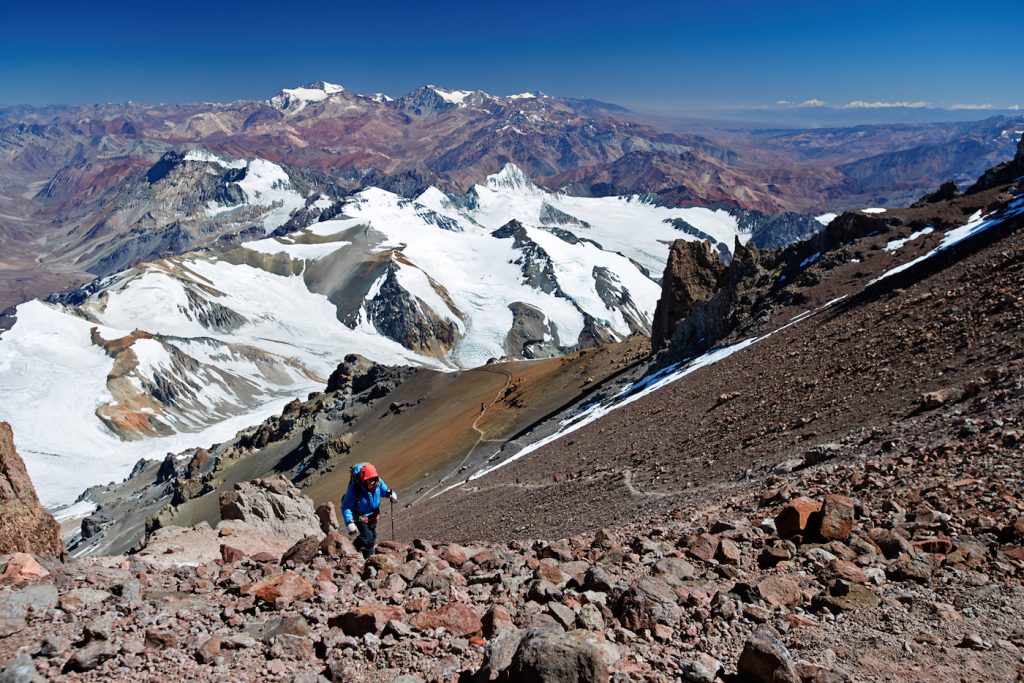


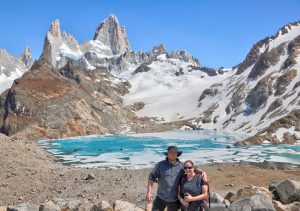
 a Tailor Made Tour
a Tailor Made Tour 

 a Group Tour
a Group Tour 